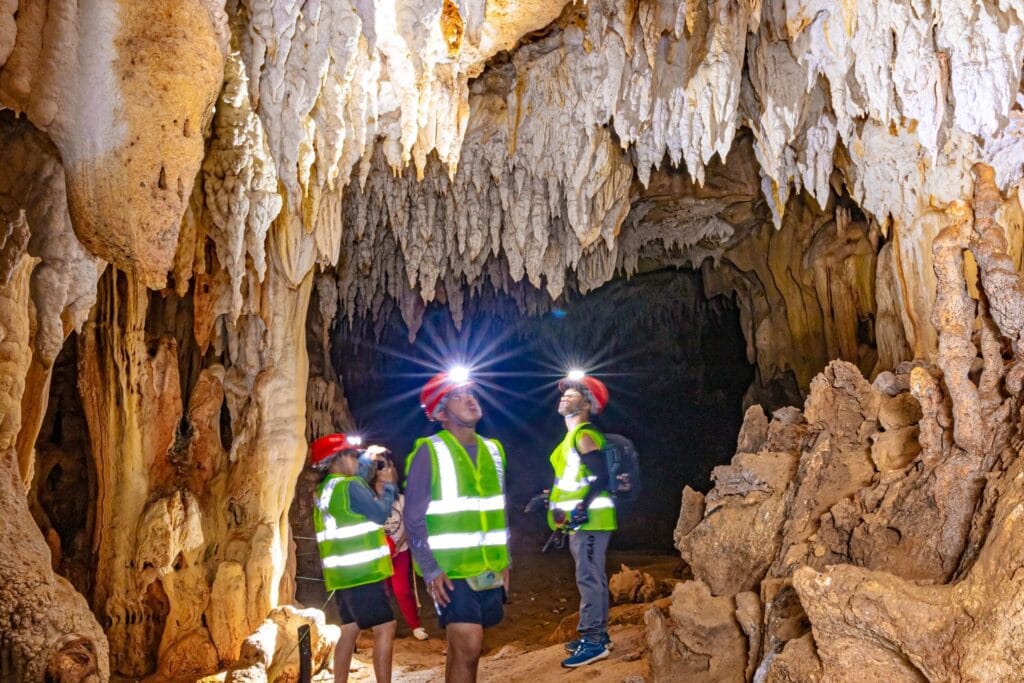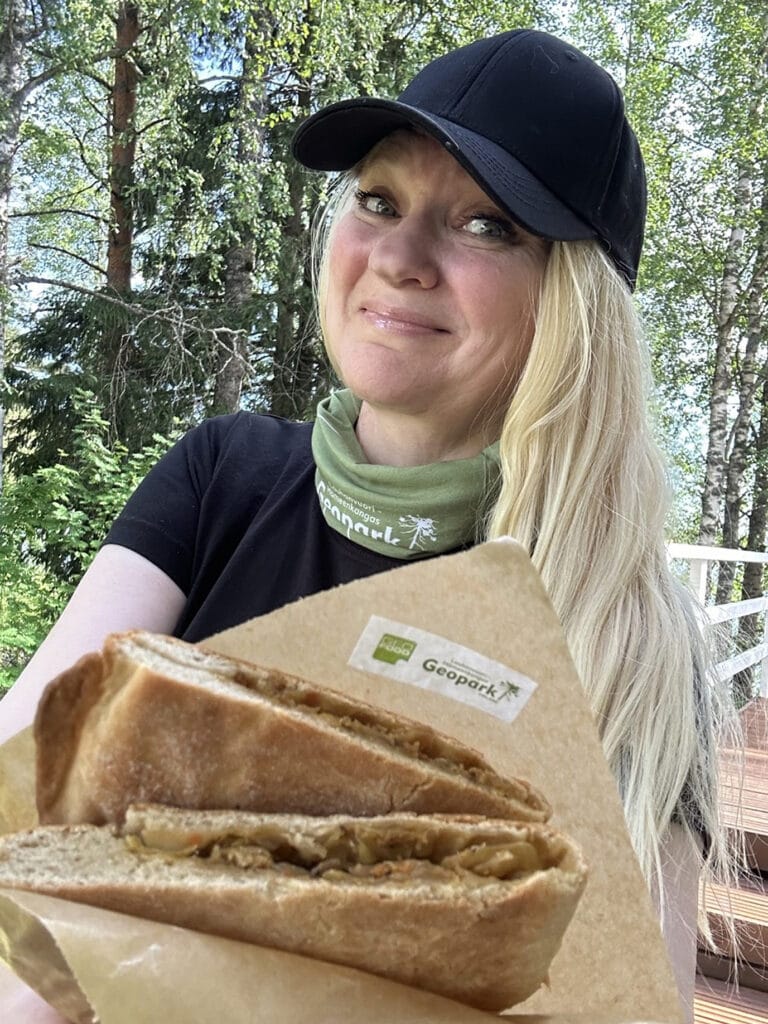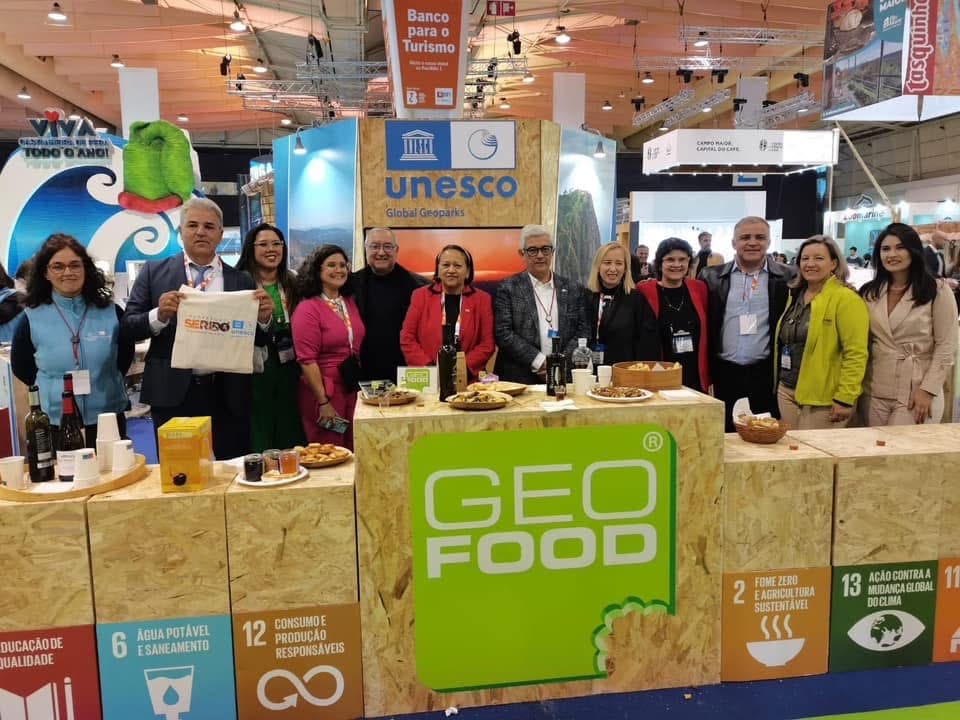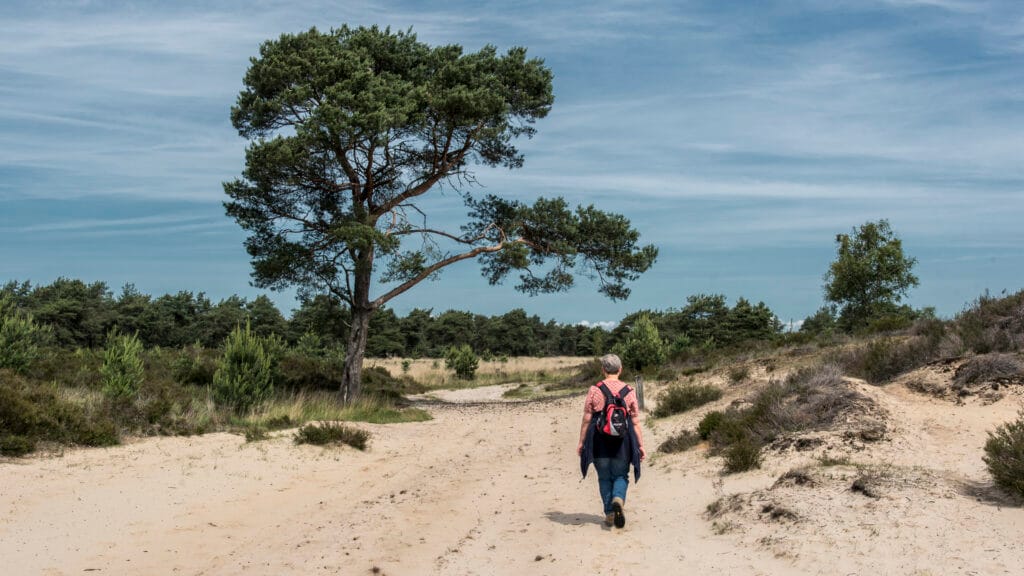Katla Geopark has signed its first GEOfood contract with the company Æsa’s jams.
Æsa‘s jams is a small company run by Æsa Guðrúnardóttir and is based in the small, but very lovely, town of Vik in Katla Geopark. The company is based on the historical farm of Norður Vík (North Vik), where the first farmstead in Vik was and where Æsa also runs the Norður Vik Hostel. Æsa makes both jams and syrups and they are all made by locally grown ingredients.
The ingredients for the syrups are picked on the foothills of mount Hatta and include rhubarb, dandelions, angelica, and chervil. Hatta, like other mountains in the area, is volcanic in origin and was formed within the volcanic system of Katla. The bedrock was mostly formed by eruptions during the last ice age, when eruptions occurred underneath the Ice age glacier and/or the ocean, forming pillow basalt, tuff, palagonite, and lava flows. The surface has since then been shaped by glaciers, rivers, wind, and the ocean, creating the spectacular view of the area form the town of Vík with pointy mountain peaks, U-shaped valleys, and steep cliff faces. The area has also been repeatedly covered in volcanic ash from Katla volcano and other nearby volcanic systems during the last few thousand years. These processes have led to the formation of the volcanic soil in the area that has allowed the plants to grow there.
The crowberries that are used for the jelly are handpicked from the lava field of Eldgjárhraun near Botnar. Eldgjárhraun lava field was formed in a large fissure eruption from Eldgjá, which is a part of the Katla volcanic system, around the year 939 and is the largest lava field to have formed on Earth in the last 1200 years. Another equally impressive lava field, called Eldhraun, is close by and was created during the 1783-1784 eruption of Lakagígar. They can be told apart as the younger lava field is still rough and covered by moss while over the centuries, wind and water erosion, aeolian sediments, ash from volcanic eruptions and sediments brought in by glacial rivers have filled in the Eldgjárhraun lava field and levelled it, allowing more complex vegetation than moss to colonize the lava field, with one of these plants being the crowberry.











